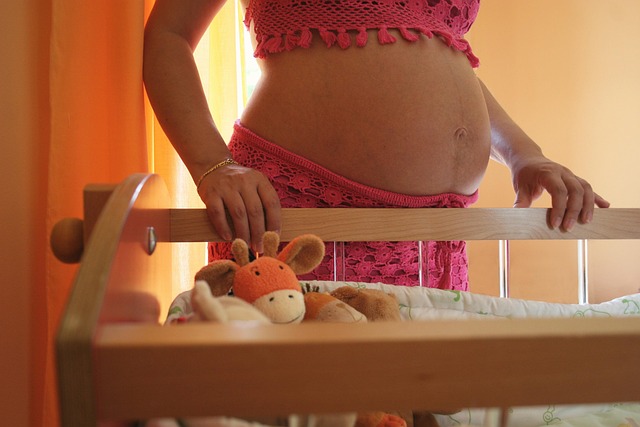October is synonymous with “pinking.” The New York Times highlighted in 2015 that the White House illuminated itself in pink to mark Breast Cancer Awareness Month. Companies like Ford jumped on the bandwagon with their “pink warrior” decals, and in an odd twist, police departments even utilized pink handcuffs. As we dive into yet another October, we find ourselves inundated with a barrage of pink-themed merchandise, all adorned with slogans like “Save the Ta-Tas,” under the guise of supporting breast cancer awareness.
However, this wave of activism and “awareness” campaigns often does more harm than good. The Breast Cancer Consortium, which aims to foster “critical thinking on breast cancer,” has dubbed October “Pinktober,” criticizing it as a commercialized version of National Breast Cancer Awareness Month that promotes feel-good messages without substantive action. Notice how the focus is on “awareness” rather than “detection,” “prevention,” or “funding for eradication.” Instead, we see corporations profiting from the sale of pink merchandise, with no assurance that these purchases contribute to breast cancer research or prevention efforts.
For many millennials and the generation before them, the pink ribbon has always been a recognizable symbol. Yet, not so long ago, breast cancer was shrouded in stigma. Activists, including feminists, fought tirelessly to bring it into the light, advocating not only for research but also for essential patient support. Their efforts turned the pink ribbon into a symbol of survival and hope.
However, the Susan G. Komen Foundation’s aggressive promotion of the pink ribbon has blurred the lines between genuine advocacy and corporate profit. The phenomenon of “Pinktober” sees businesses flooding the market with pink-themed items, asserting that the more we buy, the more we fight cancer. As Marlene McCarthy, director of the Rhode Island Breast Cancer Coalition, aptly put it, “I call it the puke campaign.” She knows firsthand the reality of metastatic breast cancer.
To complicate matters, many of these “awareness” initiatives fail to allocate significant funds toward actual cancer research or prevention. The Susan G. Komen Foundation itself has faced scrutiny for its spending practices, particularly regarding the percentage of donations that actually support research. When considering a purchase that claims to support breast cancer causes, it’s crucial to investigate what portion of your money is going to genuine charitable efforts. Websites like Charity Navigator can help you assess what percentage of a charity’s intake is directed toward patient support, research, and prevention.
Instead of splurging on pink merchandise, consider making a direct donation to a reputable charity. Breast cancer survivor Mary Thompson emphasizes, “I’d rather see people donate money to the organization directly, so they receive 100% of the funds. It’s disheartening to see companies profit from a disease while only donating a small fraction to worthy causes.”
Take Hooters, for instance. This year, they are encouraging patrons to “Give a Hoot: Join Us in the Fight Against Breast Cancer.” They offer various donation options—add a contribution to your bill, purchase a calendar (with only $1 going to charity), or snag a pink bracelet (with unclear donation amounts). Their partnership with the V Foundation for Cancer Research is commendable, as the foundation directs 88.2% of its funds to its stated mission. However, the best course of action remains straightforward: just donate directly to a cause that matters.
Cosmetic companies have also jumped on the pink bandwagon this year. Estée Lauder pledges to donate 100% of net profits from a special makeup kit to the Breast Cancer Research Foundation (BCRF), which boasts a 90.1% rating on Charity Navigator. Meanwhile, Bobbi Brown will donate $11 from each $55 bronzing powder set, up to $90,000, also benefiting the BCRF. Aveda’s contribution of $4 from a $26 hand cream, up to $331,000, is still shrouded in ambiguity. Much of this could be simplified if consumers simply donated to the BCRF directly.
Retail giants like Walmart showcase countless “breast cancer awareness” products, yet none contribute to charity, representing pure profit for the corporation. Dick’s Sporting Goods claims to have raised a mere $50,000 for the National Breast Cancer Foundation last year—an amount that could easily be eclipsed by a single community fun run. Even BIC’s Breast Cancer Awareness pens, sold at Target, have only generated minimal donations to the Susan G. Komen Foundation since 2008.
While any effort is better than none, the reality is that direct donations to reputable organizations can significantly impact lives. Christine Davis, a close friend of a breast cancer survivor, poignantly states, “There’s nothing cute about cancer. It’s a brutal disease, and pinkwashing oversimplifies the very real struggles faced by patients and their families.”
In summary, the relentless promotion of pink merchandise often serves corporate interests rather than contributing to meaningful cancer support and research. Rather than donning pink apparel, consider putting pen to paper and donating to a charity that maximizes your contribution. Your friends may not see your anti-cancer stance, but the real purpose transcends mere visibility.
For more information on home insemination, check out this post about the at-home intracervical insemination syringe kit. This article aligns with the important conversation around fertility and childbearing; for further insights on this topic, visit Modern Family Blog and ACOG, a fantastic resource for understanding pregnancy and home insemination.
